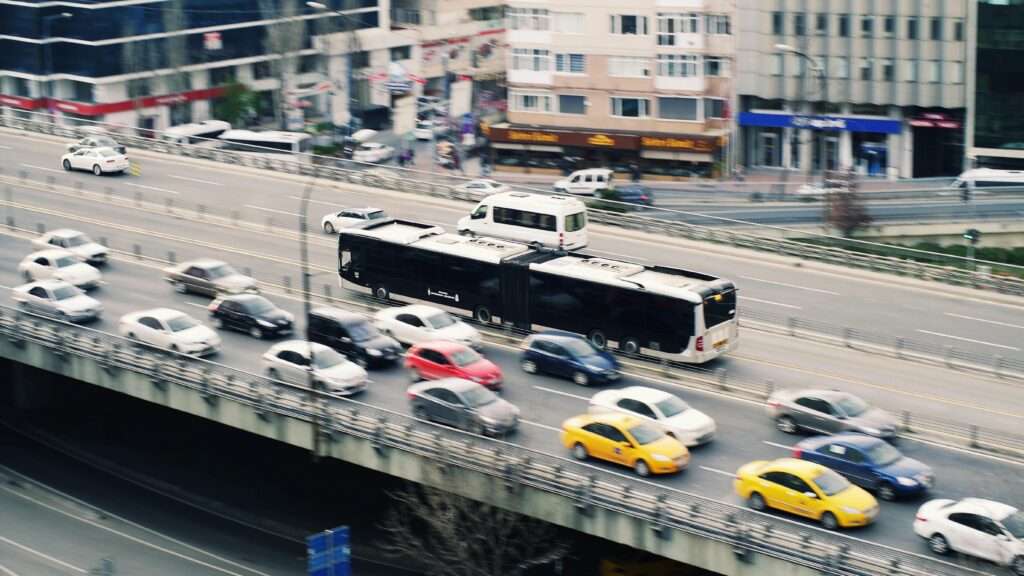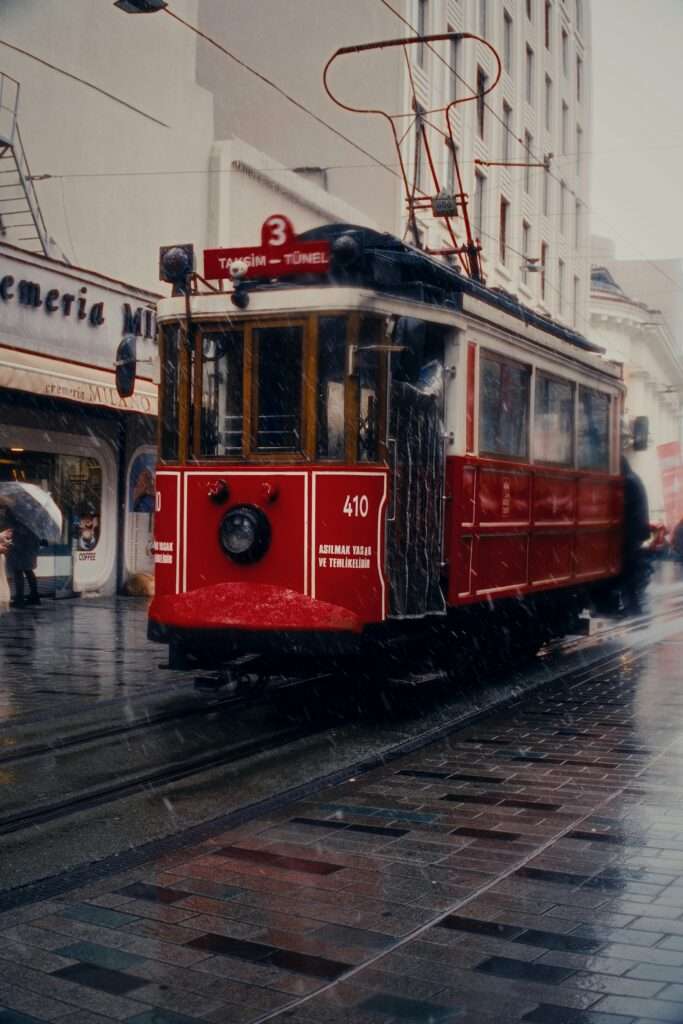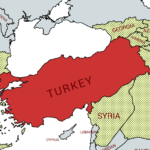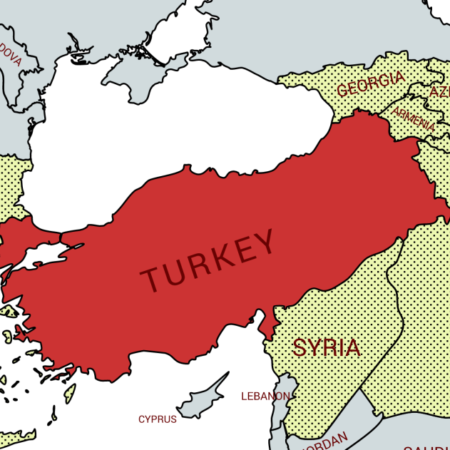Istanbul, a city that straddles two continents, offers a rich cultural experience and a complex yet fascinating transportation network. Whether you’re a first-time visitor or a seasoned traveler, navigating Istanbul can be overwhelming without the right information. In this comprehensive guide, we’ll explore how to get around Istanbul efficiently in 2025 — from public transport to taxis, ferries, and even ride-sharing apps.
Why Transportation in Istanbul Deserves Special Planning
Istanbul is home to over 15 million people, and daily commutes can be intense. It’s a blend of ancient streets and modern highways, with traffic congestion often being part of the experience. But don’t worry — with the right tips and tools, getting around becomes much easier.
Whether you’re heading to the Grand Bazaar, Blue Mosque, Istiklal Avenue, or a hidden rooftop café in Karaköy, knowing your transportation options is key.
1. IstanbulKart: Your Key to Public Transport
Your first step is getting an IstanbulKart, a contactless smart card used across almost all public transportation:
- Metro
- Trams
- Buses
- Metrobuses
- Ferries
- Funiculars

Where to Get an IstanbulKart
You can purchase one at:
- Airport kiosks
- Metro stations
- Convenience stores labeled “IstanbulKart Satış Noktası”
Price: Around 70₺ (~2 USD), with additional top-ups as needed.
How to Use It
Simply tap your IstanbulKart on the card reader when boarding. One card can be used by multiple people (with reduced fare benefits applying only to the first passenger).
2. The Metro System
Istanbul’s metro system is clean, affordable, and continues to expand.
Key Lines for Tourists:
- M2: Major line running from Yenikapı to Hacıosman (stops include Taksim and Şişhane)
- M4: On the Asian side, from Kadıköy to Tavşantepe
Tip: Google Maps and Citymapper work well for metro planning in Istanbul.
3. Trams: Best for Sightseeing
The T1 tram line is a favorite for tourists as it passes by:
- Sultanahmet (Blue Mosque, Hagia Sophia, Topkapı Palace)
- Eminönü (Galata Bridge, ferry terminals)
- Karaköy and Tophane
- Kabataş (connects to funicular going up to Taksim)
Trams are frequent and air-conditioned — perfect for hot summer days.

4. Buses: Wide Reach, Less Tourist-Friendly
Buses reach nearly every corner of the city but may be challenging for non-Turkish speakers. Routes are available via:
- Mobiett app
- Google Maps
- IETT’s official website
Note: Buses may get stuck in traffic, especially during rush hours (7–10 AM, 4–7 PM).
5. Metrobüs: The Traffic Bypass
The Metrobüs is a bus rapid transit system running on a dedicated lane across the city — excellent for bypassing traffic.
- Operates 24/7
- Connects European and Asian sides via Bosphorus Bridge
- Can be crowded during peak hours
6. Ferries: Scenic and Efficient
One of the most beautiful ways to get around Istanbul is by ferry. They connect:
- Eminönü ↔ Kadıköy
- Beşiktaş ↔ Üsküdar
- Karaköy ↔ Kadıköy
- Bosphorus Tours (short or full-day cruises)
Ferries offer panoramic views and a break from the chaos. They accept the IstanbulKart and are very budget-friendly.
7. Taxis in Istanbul
Taxis are plentiful but have a mixed reputation. Here are key tips:
- Always use a registered yellow taxi with a meter.
- Avoid getting in taxis without plates or ID inside.
- Be wary of “scenic routes” taken to inflate the fare.
Approximate fares (2025):
- Base fare: 30₺
- Per km: 20₺
Tip: Use Taxi Apps
Use BiTaksi or iTaksi for safer, more reliable service. These apps let you:
- Track your route
- Pay by credit card
- Avoid misunderstandings due to language
8. Ride-Sharing and Private Transfers
Popular options in 2025 include:
Uber
Back in Istanbul after regulation issues. Works well in tourist-heavy areas.
KiwiTaxi
Great for airport transfers or scheduled private rides. Ideal for groups or those with lots of luggage.
👉 Click here to book with KiwiTaxi
9. Walking Around Istanbul
Many of Istanbul’s most beautiful sights are walkable, especially in:
- Sultanahmet
- Galata
- Taksim
- Karaköy
Tips:
- Wear comfortable shoes — cobblestone streets are common.
- Watch for sudden hills and stairs.
- Be alert when crossing streets (drivers don’t always yield).
10. Funiculars and Cable Cars
Funiculars help climb steep areas:
- F1 (Taksim ↔ Kabataş) — connects with the tram and ferries
- Tünel (Karaköy ↔ Beyoğlu) — one of the oldest in the world
Cable cars (Teleferik) exist in places like Eyüp–Pierre Loti, offering great views.

11. Renting a Car or Scooter: Not Recommended
Driving in Istanbul is stressful due to:
- Heavy traffic
- Aggressive driving
- Limited parking
Instead, consider short-term scooter rentals for the adventurous — apps like Martı or BinBin can be used in central districts.
12. Airport Transfers
From Istanbul Airport (IST):
- Havaist Buses: Comfortable and affordable.
- KiwiTaxi: Private transfer to your hotel.
- Uber/BiTaksi: Reliable if you don’t want to deal with bus schedules.
Pro Tips for Tourists in 2025
- Avoid rush hours (7–10 AM, 4–7 PM).
- Always carry a charged phone with data — maps and translation apps are lifesavers.
- Use Google Translate Camera to read station signs and instructions.
- Have a backup payment method — some systems may not accept foreign cards for top-ups.
Final Thoughts: Choose the Right Mode for the Right Moment
- Want comfort? → Uber or KiwiTaxi
- Want views? → Ferries
- Want speed during rush hour? → Metro or Metrobüs
- Want local vibes? → Tram or Bus
Getting around Istanbul in 2025 is much easier with a little planning — and every mode of transport is a new chance to explore this magical city from a different angle.
Best Hidden Gems in Istanbul: Off-the-Beaten-Path Attractions










